How Cool Roofs Promote Energy Savings, Cooler Cities
The bottom line on cool roofs is that by reflecting heat, and emitting absorbed heat, they keep building cooling costs lower, and city ambient temperatures lower.
Any airline passenger seated in a window seat during the 1980s would have looked out the window on approach to their destination and — if they noticed roofing at all — would have noted that the building roofs were dark colored. That’s changed during the last four decades. Today, that same passenger would now note that many roofs now sport white- or light-colored roofing materials.
That change is important, because during the last 20 years, awareness of the energy impact of roof choices has led to a revolution in roofing materials.
While cool roofing isn’t new, interest in energy savings has resulted in changes in building code requirements, particularly in the southern United States, where energy use for cooling occupied space is far greater than heating costs.
In fact, use of cool roofing materials during the last two decades has spread to all climate zones in the United States, reaping varying levels of energy savings.
The prescription for cool roofing materials in cooling-dominated climates is easy to understand when building owners consider the benefits of cool roofs, especially for flat-roofed buildings and low-slope roofing.
Roofing can be made cool via a membrane, a reflective coating, or — in the case of steeper roof slopes — reflective shingle and tile products.
Ultimately, the aim of cool roofing is to achieve both high albedo and high emissivity. Albedo measures the extent to which a roofing material reflects solar light, thereby helping mitigate unwanted heat gain. Emissivity is the ability to release heat absorbed from infrared solar energy. According to Energy Star, “highly emissive roof products can help reduce the cooling load on the building by releasing the remaining heat absorbed from the sun.”
Benefits in cooling-dominated climates
In regions of the country where cooling is dominant, the amount of direct sunlight on the roof — frequently the largest exposed plane of a building, especially for low-rise buildings — often translates to significant heat gain into the building.
Thanks to the reflectivity and emissivity of roofing materials, says Michael Abboud, an EPA spokesman, cool roofs transfer less heat to the building below, reducing cooling requirements. In addition to saving energy, cool roofs help to increase the comfort of building occupants.
Abboud also notes another important benefit of cool roofs: They can reduce the heat island effect and therefore lower ambient outdoor air temperatures.
The Department of Energy website mentions other benefits, especially when many buildings in a community have cool roofs:
• Reduce peak electric demand, which can help cut the risk of power outages while also potentially trimming peak demand charges for a building.
• Lower emissions from power generation, including carbon dioxide, sulfur dioxide, nitrous oxides, and mercury.
While it’s impossible to quantify a typical or average cost saving from cool roof installation, researchers at Oak Ridge National Laboratory (ORNL) published an online “cool roof calculator” many years ago that can help facility managers evaluate potential savings.
ORNL offers two calculators. One calculator is for small and medium-sized facilities that purchase electricity without a demand charge based on peak monthly load. For facilities that purchase electricity with a demand charge, the peak version of the calculator includes the savings in peak demand charges.
Comments
Source: Commercial Roofing




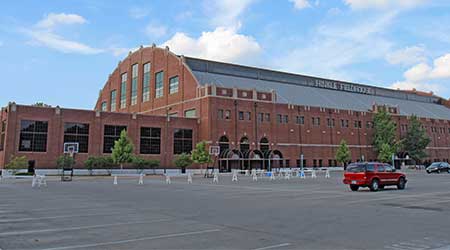
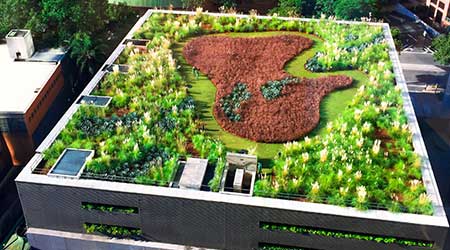
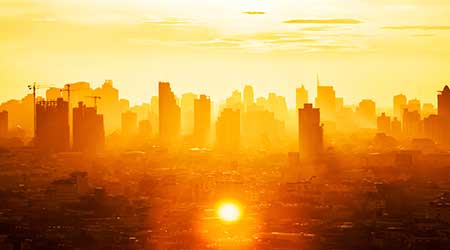
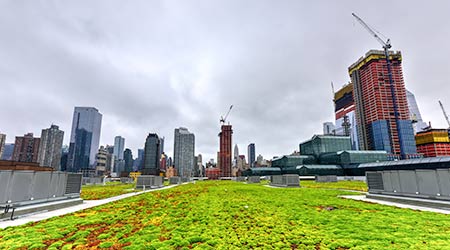
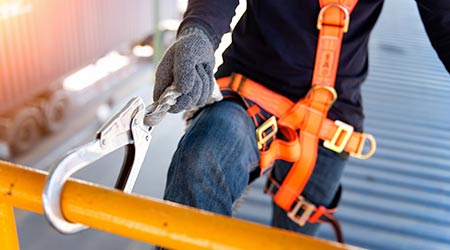
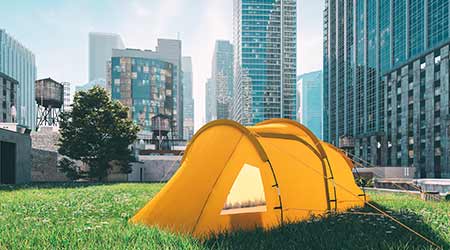

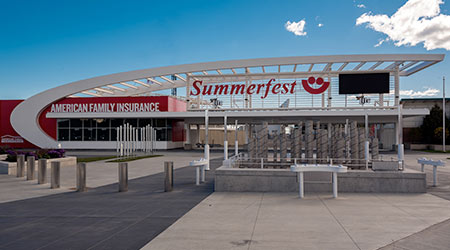
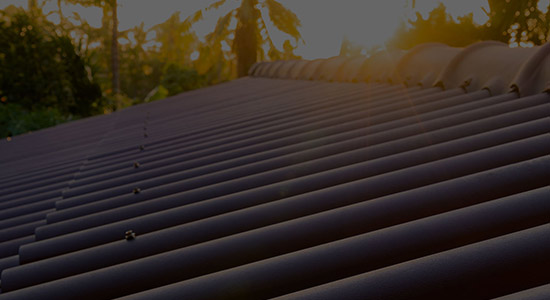

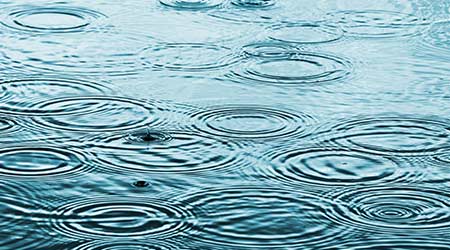
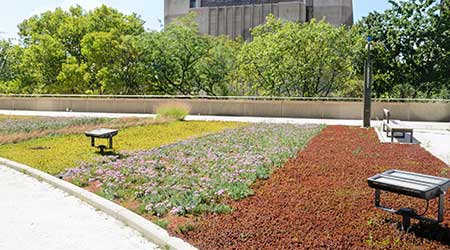
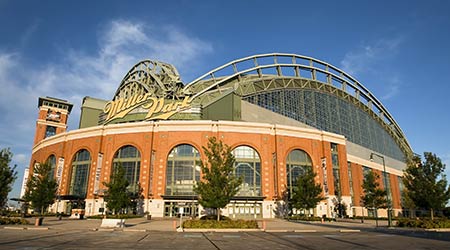
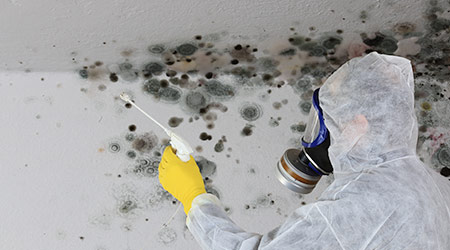
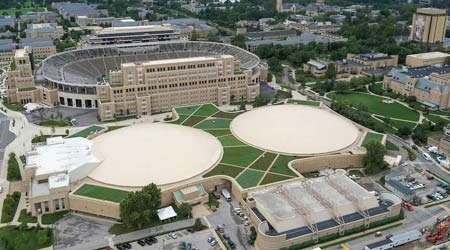

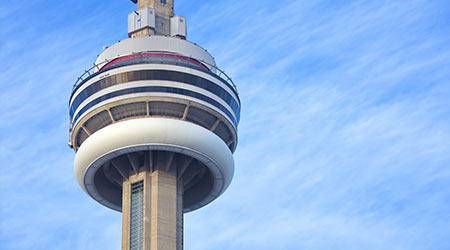
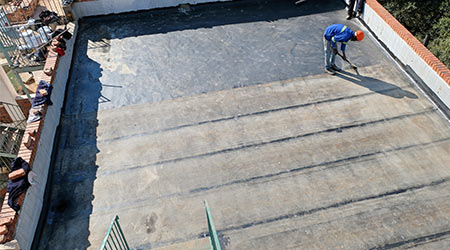
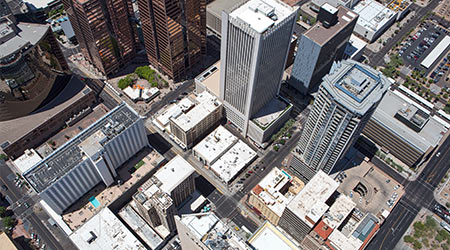
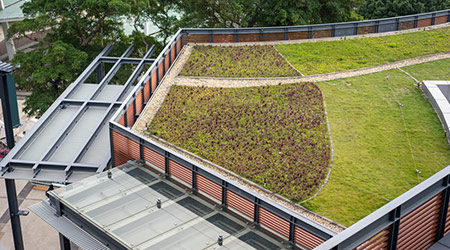
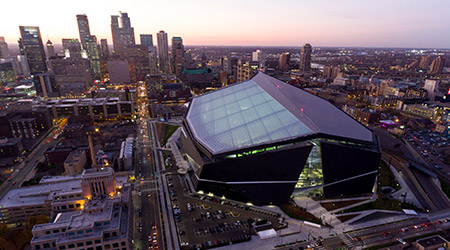
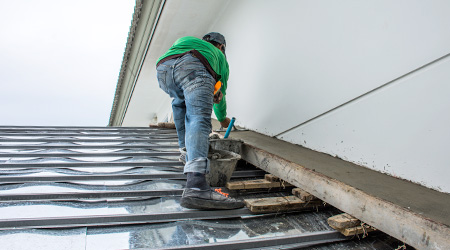
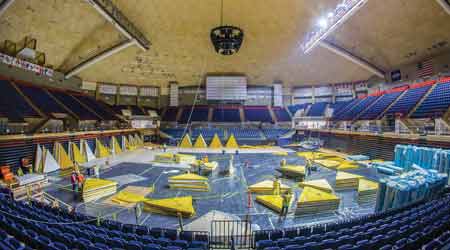
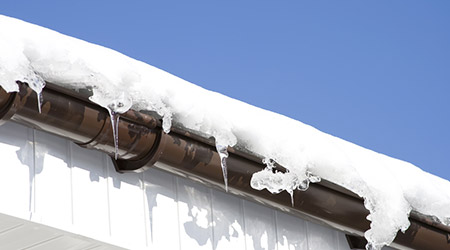
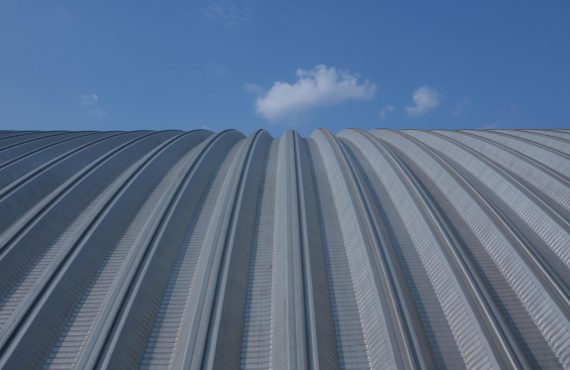
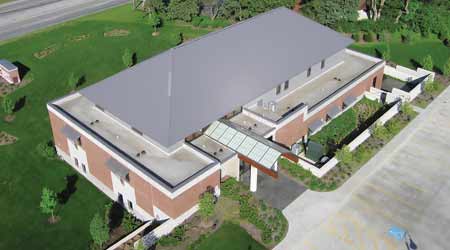

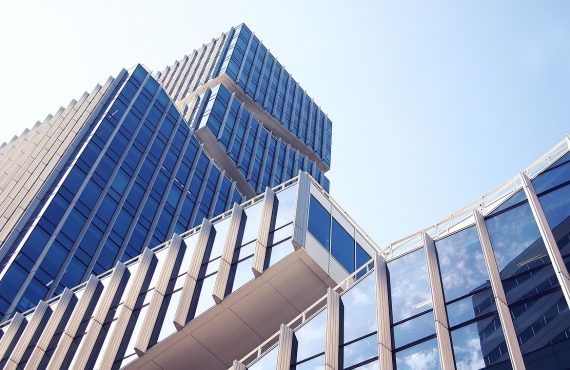
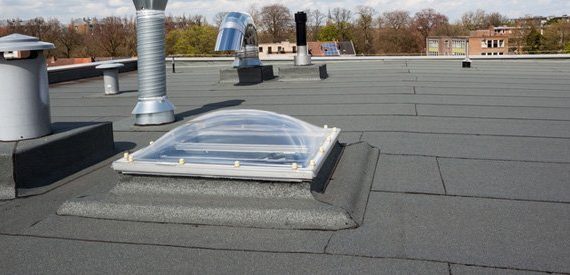
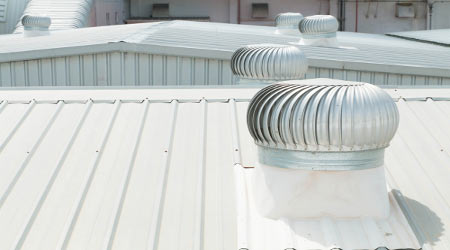
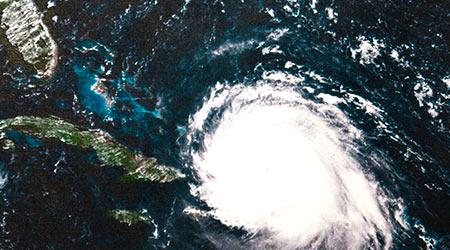
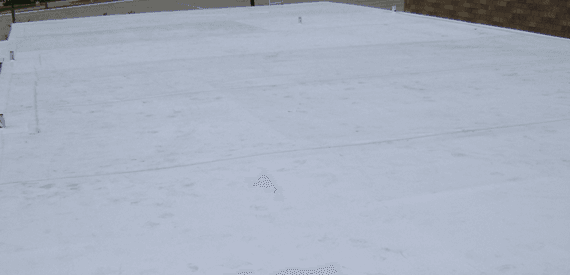


No comments yet.